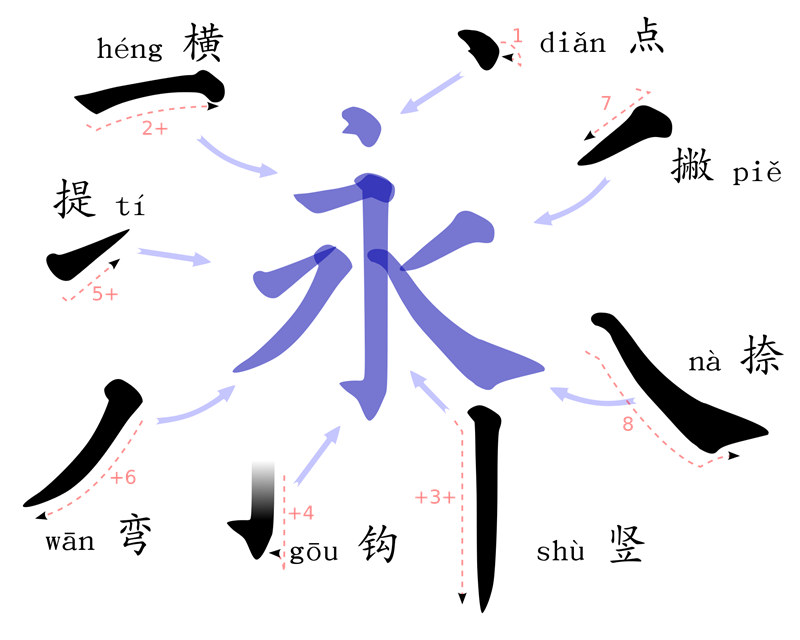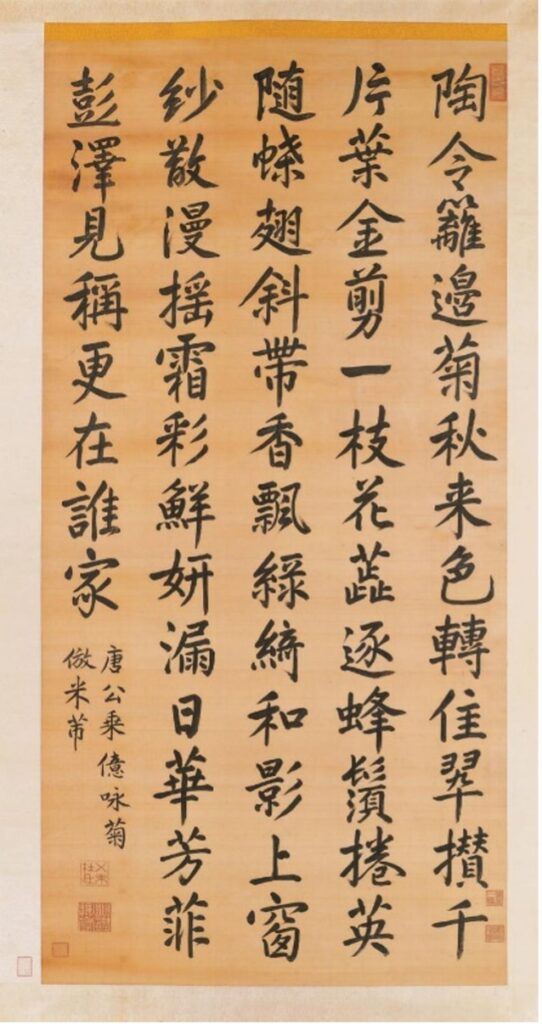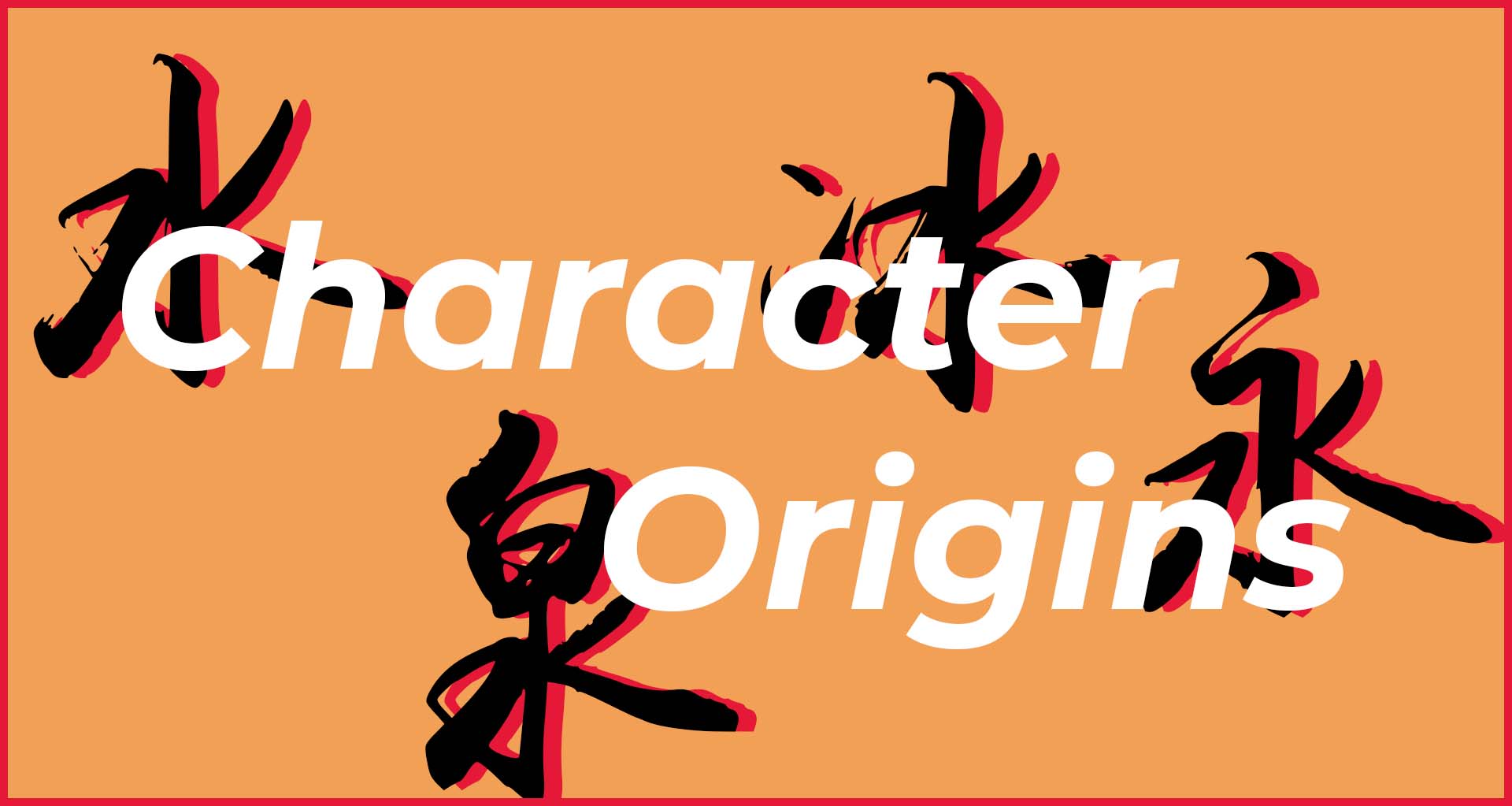Learning to Write in Chinese: An Introduction to Chinese Calligraphy
The art of writing is not just a means of communication; it’s a bridge to deeper cultural and historical realms, especially when it comes to languages with rich traditions like Chinese. While handwriting serves as a functional tool for daily communication, Chinese calligraphy is an elevated form, merging aesthetics, emotion, and philosophy into each stroke.
As we start this journey, we aim to unravel the layers of complexity within the Chinese writing system and demonstrate how mastering this skill can offer more than just the ability to script words—it can connect you to the very heart of Chinese heritage. Let’s begin by understanding the fundamental differences between Chinese handwriting and calligraphy, and how each reflects distinct aspects of Chinese culture and personal expression.
What is the difference between Chinese handwriting and calligraphy?
Handwriting, quite simply put, is the ability to write characters in standard script. Calligraphy, however, is the true art of writing in Chinese. While handwriting is a very practical and necessary skill, learning calligraphy can deepen your emotional and cultural collection with the language, encouraging a more profound appreciation for Chinese culture and art.
Chinese learners of any level can and should try their hand at writing calligraphy. It’s a unique sensory experience that provides a historical and cultural context for the written language. By writing the strokes with a real brush and ink, you’ll come to understand that the stroke order you use in everyday writing was truly designed for fluidity, balance, and beauty.
Chinese calligraphy: Your basic toolkit
Chinese calligraphy is a wonderful hobby to embrace, as it offers so much cultural enrichment and results in beautiful pieces that you can hang in your home or offer to friends. There are several tools required for traditional calligraphy practice, including brushes, paper, ink, and an ink stone. These items are widely known as the four treasures of the study, or 文房四宝(wén fáng sì bǎo). Other accessories such as a desk mat and brush stand are also frequently seen.
However, don’t feel like you need to invest in the most expensive equipment right away. If you attend a Chinese school or have an in-person teacher, ask if they have supplies you can borrow to get started. Otherwise, begin by getting a single brush and inkstone, then a small amount of ink and paper. Once you immerse yourself in the experience of practicing calligraphy, see if it truly sparks your interest and becomes a hobby that you’re ready to invest in.

Here is what you will need:
A brush 笔(bǐ)
Chinese calligraphy brushes come in a variety of sizes and materials. Generally speaking, smaller brushes work better for beginners as they allow for more precision and control. When it comes to materials, the bristles can be made from a variety of animal or synthetic fibers. Soft bristles, such as those made from goat hair, absorb a lot of ink, while hard bristles, such as those made from wolf fur or nylon, absorb less ink. Many calligraphers recommend hard bristle or mixed bristle brushes for beginners.
Rice paper 纸(zhǐ)
Rice paper, also known as xuan paper, is a thin, supple, and absorbent paper used for traditional Chinese calligraphy. Depending on where you buy it, it may come as a stack of single-use sheets or as a roll. There are also some special decorative formats, such as paper designed for wall hangings or rice paper fans. For beginners, though, you can buy rice paper that comes with a pre-printed grid, just like handwriting practice sheets.
Ink 墨(mò)
The traditional form of Chinese calligraphy ink is inksticks, a small, molded stick made of soot and oils that is ground into the inkstone and mixed with water to create the proper consistency for writing. However, bottled calligraphy ink is a much more convenient alternative because it doesn’t require the user to know how thick or thin the ink needs to be. For beginners, bottled ink is the obvious choice. Note that some bottled ink can be used directly out of the bottle, while some varieties still need to be dilute with water.
Inkstone 砚(yàn)
An inkstone is a rough stone or ceramic container used to hold calligraphy ink. Generally, coarse stone inkstones are recommended for those who use inksticks, but any vessel is suitable for bottled calligraphy ink.
How to Get Started with Traditional Chinese Calligraphy
Find your center: How to hold a Chinese calligraphy brush
Chinese calligraphy is an art form that involves the whole body, not just the hand. Your posture should reflect the qualities you want to see in your writing: grace, calm, and alignment. Your sitting position should be upright and held, but not tense or painful.
When you are ready to take your brush in hand, you need to hold it upright, not slanted like a pen. You should hold the brush perpendicular to the paper, gripping it loosely between your index finger and thumb. Then, wrap your middle finger around the outside so that the brush presses gently into the pad of your middle finger. The ring finger should brace against the back of the brush. While the pinky finger does not make contact with the brush itself, you shouldn’t stick it out like you’re having high tea. Rather, use it to support your ring finger as it balances the brush. This should allow you to write each stroke with a flick of your wrist.

This grip may feel foreign at first, but you’ll acclimate to it as you begin your practice. If your hand begins to cramp or feel fatigued after only a short while, take a moment to rest before coming back to your practice.
Now with your body and hand in alignment, it’s time to begin.
The Eight Principles of 永(yǒng): The only character you need
Nearly all characters in traditional Chinese calligraphy are composed of eight simple strokes, also known as the Eight Principles of Yǒng. If you’d like, you can practice each stroke individually a few times to get a feel for how your wrist moves the brush to paint each of them.
There is, however, a much more elegant way to practice these eight fundamental strokes, and that is the famous character永(yǒng), which fittingly means “forever” or “permanence.” Many calligraphers begin each writing session with this character, as it helps them center their energy, find their focus, and hone their craft.

I’ve learned the Eight Principles by heart, what do I write now?
Once you’ve familiarized yourself with the basic strokes, the whole world opens up to you. This can be both exciting and intimidating. If you’re not sure what you want to write next, do what the Chinese have been doing for thousands of years: copy poetry.

Three Hundred Tang Poems is a world-famous anthology of poetry from the Tang dynasty. While you may not understand the meaning of these poems at a first glance, taking the time to learn each character’s significance and diligently practicing the brushstrokes will help you forge a stronger connection with the words. Now, by no means do you have to write all three hundred! Simply pick one to focus on and completely immerse yourself in. You may be surprised how meaningful these poems become to you.
A Final Word
The journey into Chinese handwriting and calligraphy is much more than learning a new set of characters or mastering a foreign script. It’s a voyage into the depths of Chinese culture, history, and philosophy. Whether you’re meticulously tracing the strokes of a single character or expressing your thoughts through the fluid movements of calligraphy, you’re participating in a tradition that spans thousands of years. This experience offers not only a unique form of artistic expression but also a reflective practice that can enhance mindfulness and cultural appreciation.
As you continue to explore the rich Chinese writing system, remember that each stroke, each character, carries with it a story, a piece of history, and a breath of life from the past. Whether for personal enrichment, artistic pursuit, or academic study, the practice of Chinese handwriting and calligraphy can add depth, beauty, and understanding to your learning. So take up your brush, embrace the challenges, and let each character you write connect you more deeply with the vast world of Chinese language and culture.





This Post Has 0 Comments